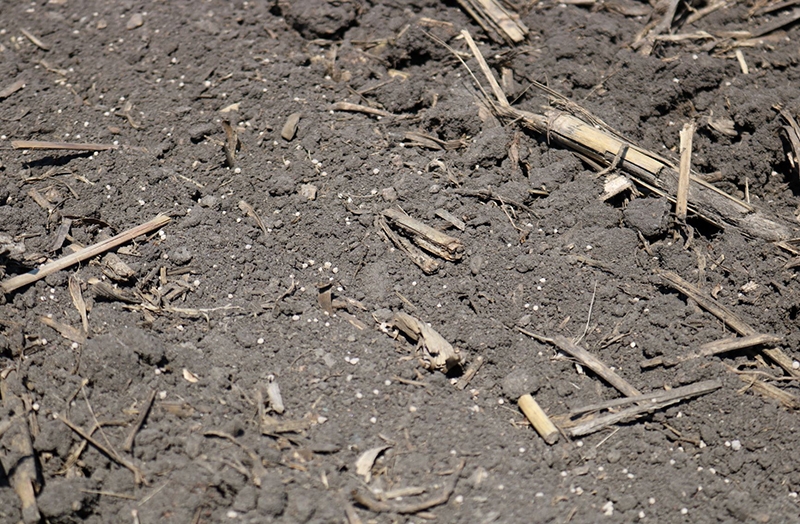Replant ’08 Series: MANA
Don Guy, field development and technical services manager for Makhteshim Agan of North America (MANA) Crop Protection, authors this article about crop protection strategy in flood situations. He says retailers need to look at value when replanting in flooded fields.
Producers whose crops have been washed out or flooded for long periods have scrambled to plant another crop in fields that have finally drained and begun to dry. Now producers and their retailers face crop protection decisions to optimize the potential of those costly replanted crops. Return on the additional investment will be critically important and can be improved with a strategy of using post-patent MANA products. They deliver value at a cost that works for both the retailer and the grower.
Herbicides:
Excessive rain and flooding shorten the residual activity of soil applied herbicides, which may begin to break down at an earlier stage in crop development. Weed pressure will be higher due to delayed and insufficient canopy closure, moist soils, and reduced crop stands. Postemergence herbicides such as Arrow for soybeans or Glyphogan in Roundup Ready corn may need to be applied at an earlier stage than usual. There also will be variable maturity within a field, so growth stages will need to be closely monitored to avoid making off-label applications due to these inconsistencies.
Insecticides:
Crop development and maturity will be staggered within a field, providing susceptible plant material for insect pests over a longer period of time. In corn, this creates a favorable situation for whorl feeding by worms and can result in higher insect populations. Late-planted or developing corn is attractive to several moths with larvae that feed on mid- to late-whorl corn. These include corn earworm and fall armyworm. Corn earworm moths have been around since early June and are present in good numbers this season. Fall armyworms are likely starting to show up from the southern growing areas and are attracted to whorl stage corn. Silencer 1EC provides wide-spectrum control of the most damaging in-season insects.
Fungicides:
The economic benefits of well-timed fungicide applications will increase this year. Yield potential has been reduced by the adverse weather and late crops, but commodity prices remain strong so every kernel and bean counts. Scouting for rust, gray leaf spot, and northern corn leaf blight will be important in the coming weeks as temperatures and humidity remain higher.
When a disease attacks a crop in earlier growth stages, the impact on yield is more significant. Tasseling and silking have been delayed this year, pushing grain fill back as well. It is now more likely that grain fill will coincide with the appearance of disease, with greater potential impact on yield.
In corn crops with delayed development, rust normally shows up first. There have been few reports of rust as of early July. Bumper with preventive as well as curative activity and Equus DF provide an extensive spectrum of protection.






